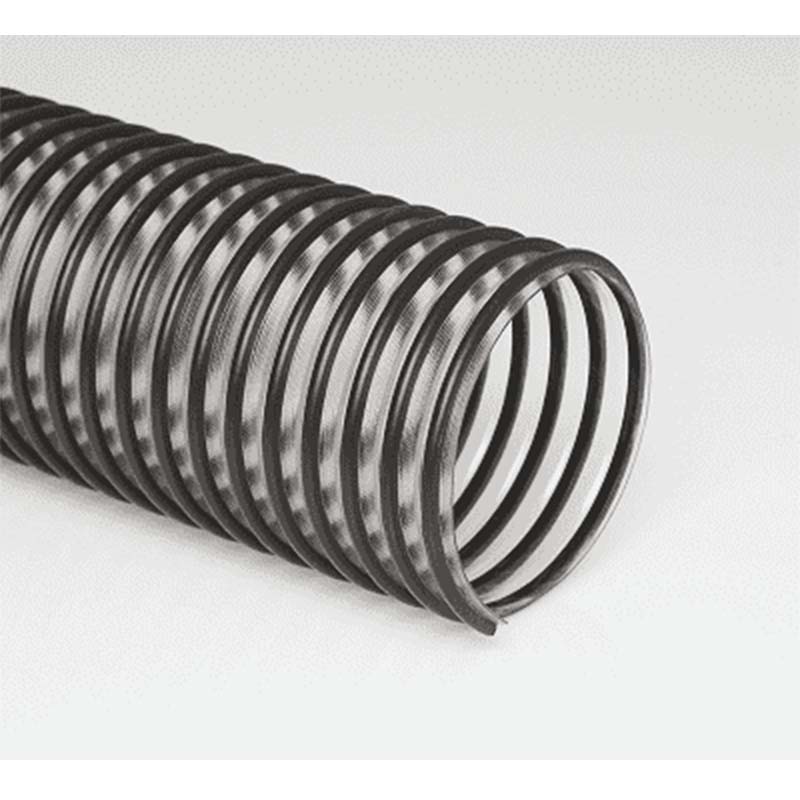Safety Guidelines for Using Oxygen and Acetylene Hoses in Welding Applications
Understanding Hose Systems for Oxygen and Acetylene
In various industrial applications, especially in welding and cutting processes, the use of gas mixtures such as oxygen and acetylene is indispensable. The equipment used to transport these gases, including hoses, plays a crucial role in ensuring safety and efficiency. This article delves into the importance of hose systems for oxygen and acetylene, their specifications, and best practices for safe utilization.
The Role of Oxygen and Acetylene in Industrial Applications
Oxygen and acetylene are widely used in oxy-acetylene welding and cutting processes. The combination of these two gases creates a high-temperature flame that can easily melt metals, making it an essential method in metal fabrication and repair work. The versatility of this method allows it to be used across various sectors, including manufacturing, automotive, and construction.
Hose Specifications What You Need to Know
When dealing with gases like oxygen and acetylene, it is critical to use hoses specifically designed for each gas due to their differing properties. Oxygen hoses are typically colored green, while acetylene hoses are red. This color-coding system enhances safety by preventing connections of incorrect hoses, which could lead to dangerous reactions.
These hoses are manufactured from materials that can withstand high pressures and resist degradation from the gases they carry. Common materials include rubber, PVC, and thermoplastic elastomers. The hoses are designed to handle pressures typically ranging from 200 psi to 300 psi, depending on the application's demands.
Key Features of Oxygen and Acetylene Hoses
1. Durability The hoses must be robust enough to endure the wear and tear of industrial environments. This includes resistance to abrasion, cuts, and exposure to chemicals. 2. Flexibility A good hose should remain flexible, even in colder temperatures, to allow ease of movement and handling.
3. Temperature Resistance These hoses must withstand extreme temperatures generated during welding or cutting processes.
hose oxygen acetylene

4. Safety Standards The hoses should meet specific industry standards and regulations to ensure safety during operation. This includes certifications from organizations such as the American National Standards Institute (ANSI) and the Compressed Gas Association (CGA).
Best Practices for Hose Use
To maximize safety and efficiency when using oxygen and acetylene hoses, there are several best practices to follow
1. Regular Inspections Inspect hoses regularly for signs of wear, cracks, or leaks. Any damaged hose should be replaced immediately to prevent accidents.
2. Secure Connections Ensure that all connections are tight and secure to avoid leaks, which could lead to dangerous situations.
3. Proper Storage Store hoses properly when not in use. Avoid kinking or coiling them too tightly, as this can lead to damage.
4. Avoid Mixing Hoses Always use the hoses designated for each gas type. Never use an oxygen hose for acetylene and vice versa, as this can result in hazardous conditions.
5. Training and Awareness Ensure that all personnel using these hoses are properly trained in their use, including recognizing signs of potential problems and understanding emergency procedures.
Conclusion
The use of oxygen and acetylene hoses is critical in various industrial applications. Understanding their specifications and best practices for use can significantly enhance safety and efficiency in welding and cutting operations. By adhering to safety protocols and maintaining equipment properly, industries can continue to leverage the advantages offered by this powerful gas combination while minimizing risks. As technology advances, staying informed about new materials and practices will further contribute to the safe handling of these essential gases.
-
Top Quality Oxy Acetylene Hoses for Sale Fit for Welding DemandsNewsJul.28,2025
-
The Future of Pneumatic Air Tubes in IndustryNewsJul.28,2025
-
Superior and Reliable LPG Hose Pipe Solutions for Every NeedNewsJul.28,2025
-
Exceptionally Durable and Versatile Premium Braided PVC TubingNewsJul.28,2025
-
Best Adapters for Connecting Garden Hose to PVC Pipe ConnectionsNewsJul.28,2025
-
The Essential Role of LPG Hoses in Safe and Efficient Gas DistributionNewsJul.16,2025














